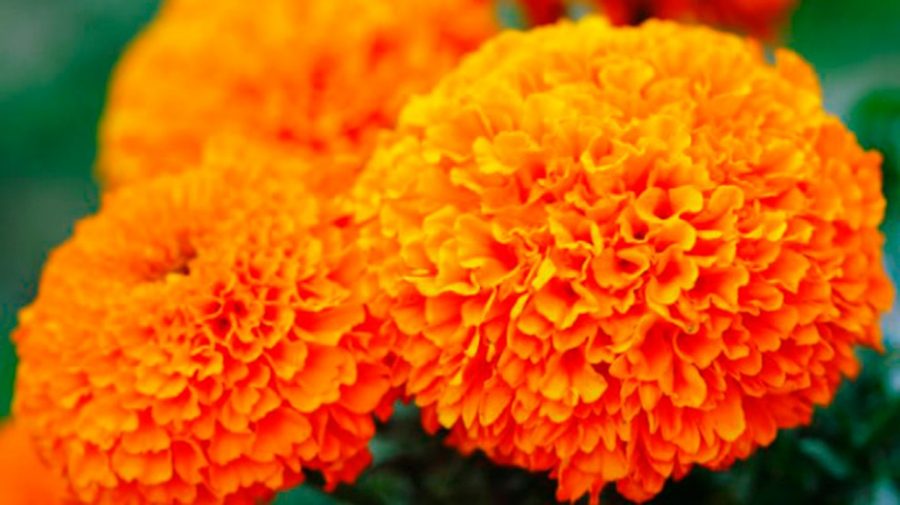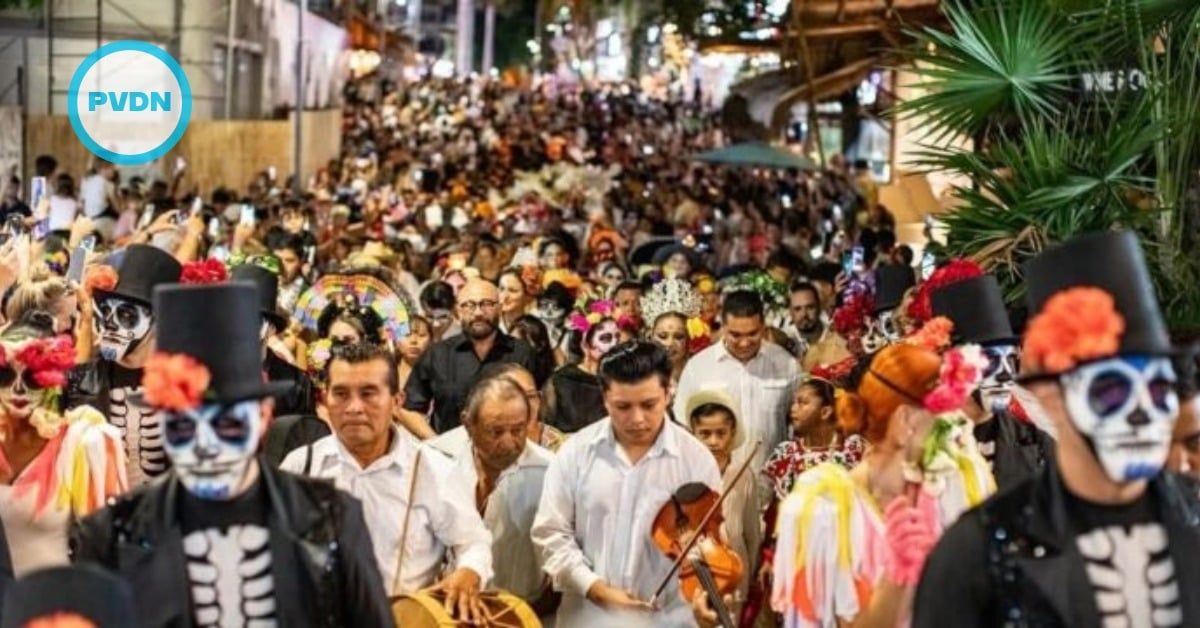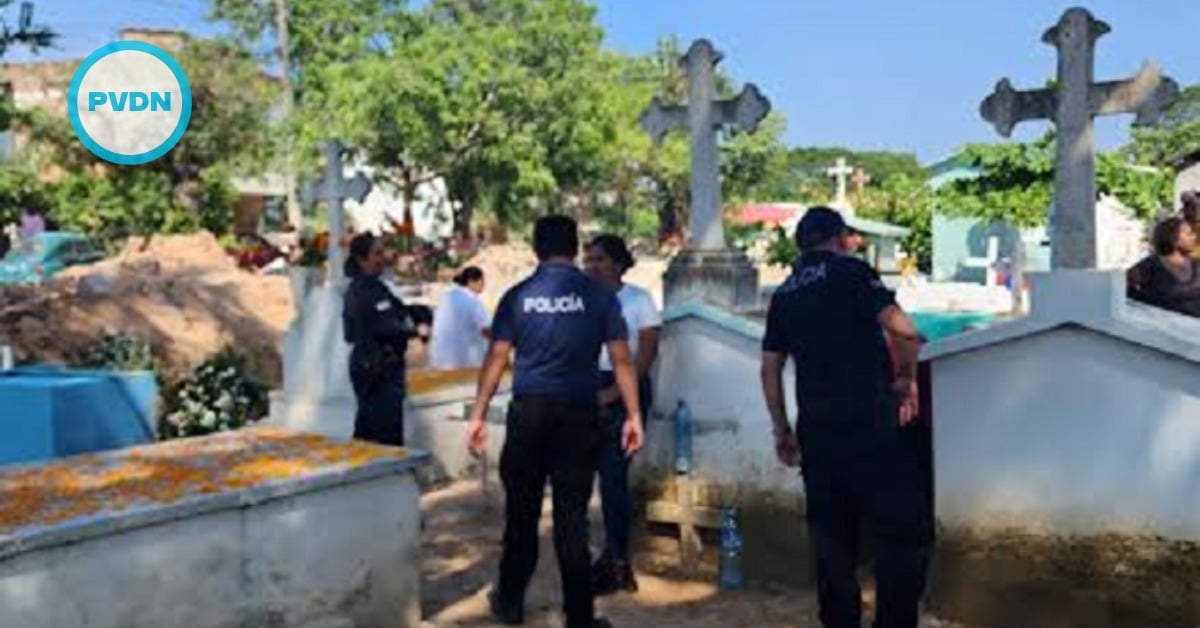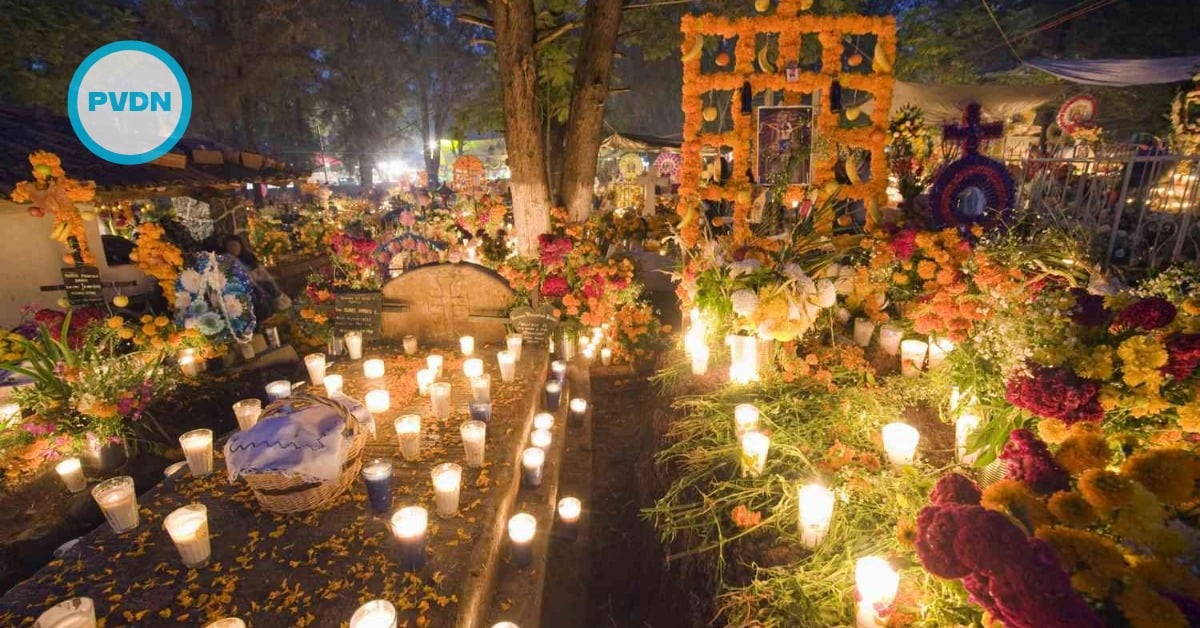As every year, and according to the belief, the Mexican people prepare altars dedicated to their friends and relatives who have passed. The altars service the purpose of receiving the dead with a banquet of their favorite foods, drinks, candles, and flowers. Any reunion is a grea…





